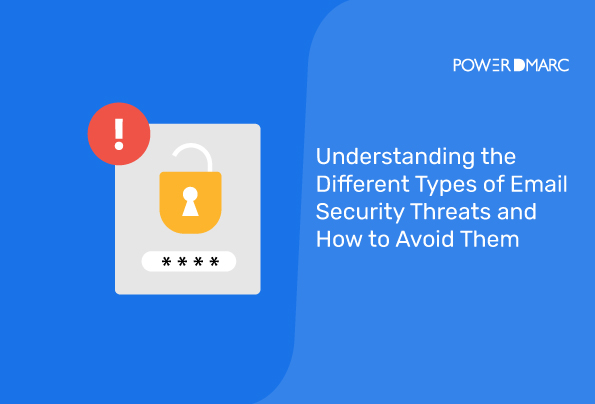Email is an essential part of our daily lives. It is one of the primary methods of communication, and we use it to send and receive messages, documents, and even personal information. However, with the rise of email usage, email security threats have become increasingly common. Cybercriminals use various tactics to compromise email security, including phishing, spam, malware, and spoofing. In this blog post, we will discuss the different types of email security threats and provide tips on how to avoid them.
Key Takeaways
- Phishing emails often appear legitimate, so always verify the sender before providing sensitive information.
- Using spam filters can help manage unsolicited emails and reduce the risk of exposure to malware.
- Never download attachments or click on links from unknown sources to protect against malware infections.
- Double-check the sender’s email address to avoid falling victim to spoofing attacks.
- Implementing encryption can help safeguard your emails from interception during transmission.
Phishing
Phishing is a type of email attack that is designed to trick the recipient into providing sensitive information or installing malware. Phishing emails often appear to be from a trusted source, such as a bank or a social media site. The email may contain a link to a fake website that looks like the real thing, and the recipient may be asked to enter their login credentials or other sensitive information.
To avoid falling victim to a phishing attack:
- Be wary of emails from unknown senders or emails that ask for personal or sensitive information
- Always double-check the URL before entering any login credentials or sensitive information
- Never click on suspicious links
- Use email authentication protocols like DMARC, SPF, and DKIM. A combination of the three provides enhanced security against phishing emails sent from your own domain.
Simplify Email Security with PowerDMARC!
Spam
Spam emails are unsolicited messages that are sent in bulk. They are often used to promote products or services, and they can also be used to distribute malware. Spam emails can be annoying and time-consuming to deal with, but they can also be a security risk.
To avoid spam, use a spam filter to automatically sort and delete unwanted messages. Be cautious when providing your email address online, and avoid clicking on links or downloading attachments from unknown sources.
Sender Policy Framework (SPF) is an email verification and authentication standard that can help you irradicate spam by verifying the authority of your email senders.
Malware
Malware is a type of software that is designed to harm your computer or steal your information. Malware can be delivered through email attachments, links, or downloads. Once installed, malware can access your personal information, log your keystrokes, or even take control of your computer.
To avoid malware, never download or open attachments from unknown sources. Always use anti-virus software and keep it up to date. Be cautious when clicking on links in emails, especially if the email is from an unknown sender.
Spoofing
Spoofing is a type of email attack that involves forging the email header to make it appear as if it is from a trusted source. This can be used to trick the recipient into providing sensitive information or installing malware.
To avoid spoofing:
- Be cautious of emails from unknown senders
- Always double-check the sender’s email address.
- Look for any unusual or suspicious activity in the email, such as unexpected requests for sensitive information
- Direct-domain spoofing attacks can be minimized by using email authentication techniques like DMARC
Related Read: NCSC mail check changes & their impact on UK public sector email security
Man-in-the-Middle Attacks
Man-in-the-middle attacks involve intercepting communication between two parties to steal sensitive information. In the context of email, this can involve intercepting emails and stealing login credentials or other personal information.
To avoid man-in-the-middle attacks
- Use encryption to protect your emails
- Look for emails that are signed with a digital certificate or use end-to-end encryption
- Use MTA-STS to encrypt your emails in transit using transport layer security
In conclusion, email security threats can be damaging, and it is important to be aware of the different types of threats and how to avoid them. By following the tips outlined above, you can protect your personal information and avoid falling victim to email security threats. Remember to always be cautious and double-check any emails that seem suspicious or ask for sensitive information. By taking a proactive approach to email security, you can ensure that your online communications remain secure and protected.
- How to Set Up SPF, DKIM, and DMARC for Customer.io - April 22, 2025
- What is QR Phishing? How to Detect and Prevent QR Code Scams - April 15, 2025
- How to Check SPF Records Using nslookup, dig or PowerShell? - April 3, 2025
